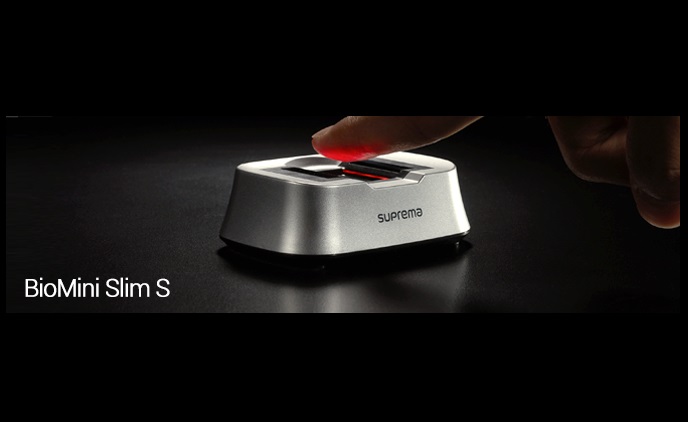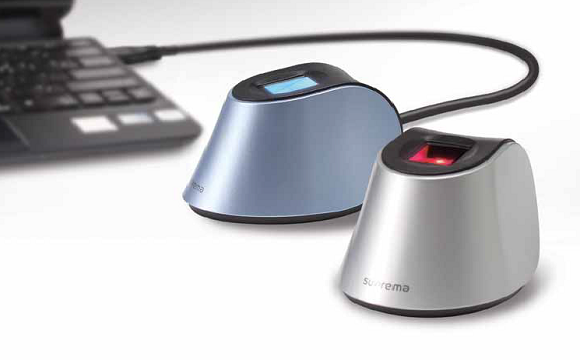

Liveness detection has become an expected capability, but Suprema’s has earned a reputation for effectiveness, according to Kim.

The company’s Live Finger Detection (LFD) technology for protection against spoof attacks. The BioMini Slim 3 also features Suprema’s patented Multi Dynamic Range (MDR) technology to provide high-quality image capture in direct sunlight (up to 100,000 LUX) and with wet fingers, which are important due to the dramatic increase in fingerprint biometrics use outdoors with mobile devices. It is FBI PIV / FBI Mobile ID FAP30 compliant, and IP65-rated for proof against dust and water. “There are many types of sensors, capacitive, optical, TFT, but their customers prefer the optical type, and there are no options.”ĭespite the increase in platen size, the BioMini Slim 3 is only 0.8 by 1 inch, just slightly larger than the BioMini Slim 2’s 0.6 by 0.8 inches.

“In order to keep their design concepts, they definitely need the slimmest form factor for fingerprint sensors,” Kim says. Mobile device OEMs are themselves competing on device size, and therefore have particular requirements for FAP 30 scanners. Increased use of fingerprint biometrics for a range of applications and industries is also driving demand for mobile scanning capabilities. Improvements in optical technology have enabled sensors which are slimmer and smaller in height, allowing them to be built into tablets and smartphones.
Suprema biomini faq update#
The company has responded to the increased market demand for FAP 30 fingerprint scanners, which only a handful of providers make, Suprema ID Sales Manager Martin Kim told Biometric Update in an interview. To meet customer demand for secure FAP 30 fingerprint scanning with mobile devices in countries like Nigeria and Uganda, Suprema ID has launched its new BioMini Slim 3 to commercial availability just ahead of ID4Africa 2019.īy launching FAP 30 scanning to the slim form-factor of the BioMini Slim product line, Suprema ID addresses the evolving market for sensors with a larger platen area to meet more stringent accuracy requirements, which have also been adopted in other African countries and Saudi Arabia.


 0 kommentar(er)
0 kommentar(er)
